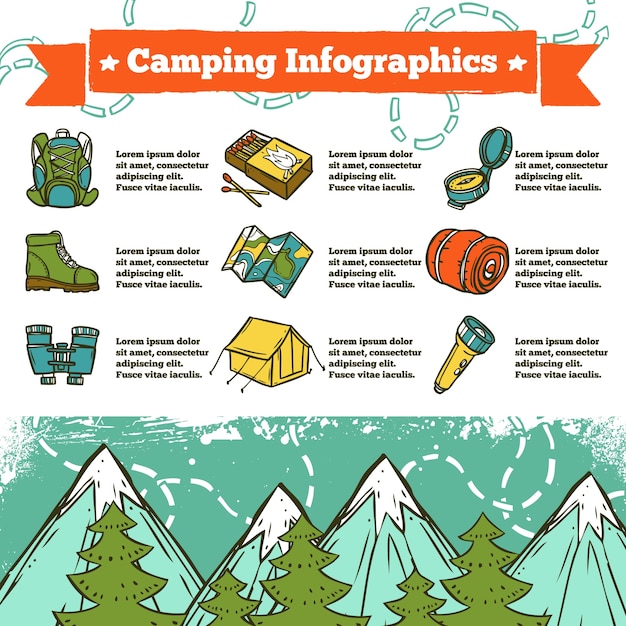A cooktop jack is a requirement for safe outdoor tents range usage, keeping every little thing from chilly air to fire embers out of your canvas outdoor tents. However, inaccurately fitting one can bring about camping tent fires and carbon monoxide gas poisoning, so it is necessary to understand the most common mistakes campers make when mounting range jacks prior to camping!
Substitute
A cooktop jack is among one of the most essential items of camping tent outdoor camping equipment. Not only do they keep the smoke out of your tent, yet they additionally stop a range of security risks including outdoor tents fires and carbon monoxide gas poisoning. Yet, it's simple to make mistakes in sizing and mounting an oven jack. The good news is, by recognizing a few of the most common camper mistakes you can discover to avoid them and guarantee your oven jack is properly fitted to your camping tent for safe, comfortable camping. Keep reading to read more.
What Is a Camping Tent Stove Jack?
Essentially, an oven jack is an opening that sits in the flooring of your tent to suit your camp stove's chimney canvas drawstring bag pipeline. It's crucial for maintaining everything from cool air to rainfall and snow out of your outdoor tents.
Evaluation
When properly sized and mounted, a range jack is the best method to safely vent your wood-burning outdoor tents stove while keeping cold air, rain, snow, insects, and creosote from entering your wall surface outdoor tents. But numerous campers have problem with the installation process, and an oven jack that isn't fitted appropriately can be dangerous. Range jacks require to be placed at a safe range from the outdoor tents wall surfaces, and the opening should be focused to give an also spread of heat throughout the interior. Furthermore, a void in between the stove pipe and flue pipe is a fire danger, and can enable carbon monoxide gas to enter your home. A WETT examination from a certified service technician is necessary for your safety and security, and many insurance service providers need it prior to supplying coverage.
A WETT inspection checks for potential fire risks, carbon monoxide poisoning dangers, and structural damage. It complies with stringent guidelines set by the Wood Energy Innovation Transfer (WETT) organization to keep Canadians safe and efficient with their wood-burning appliances.
